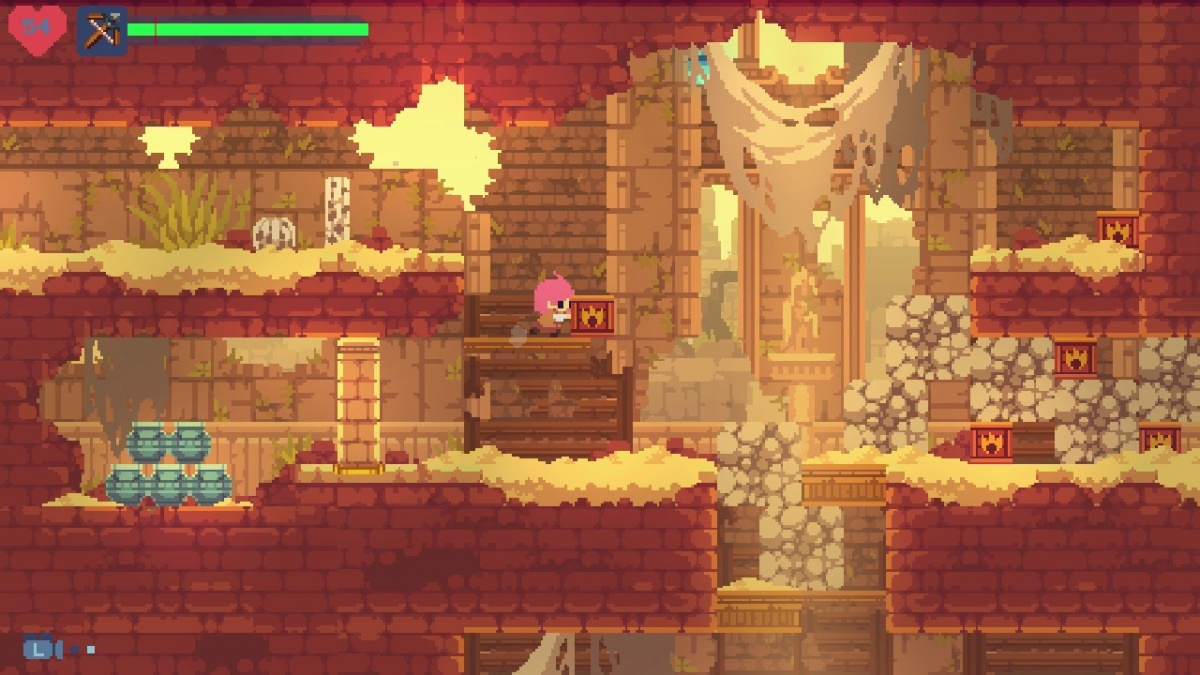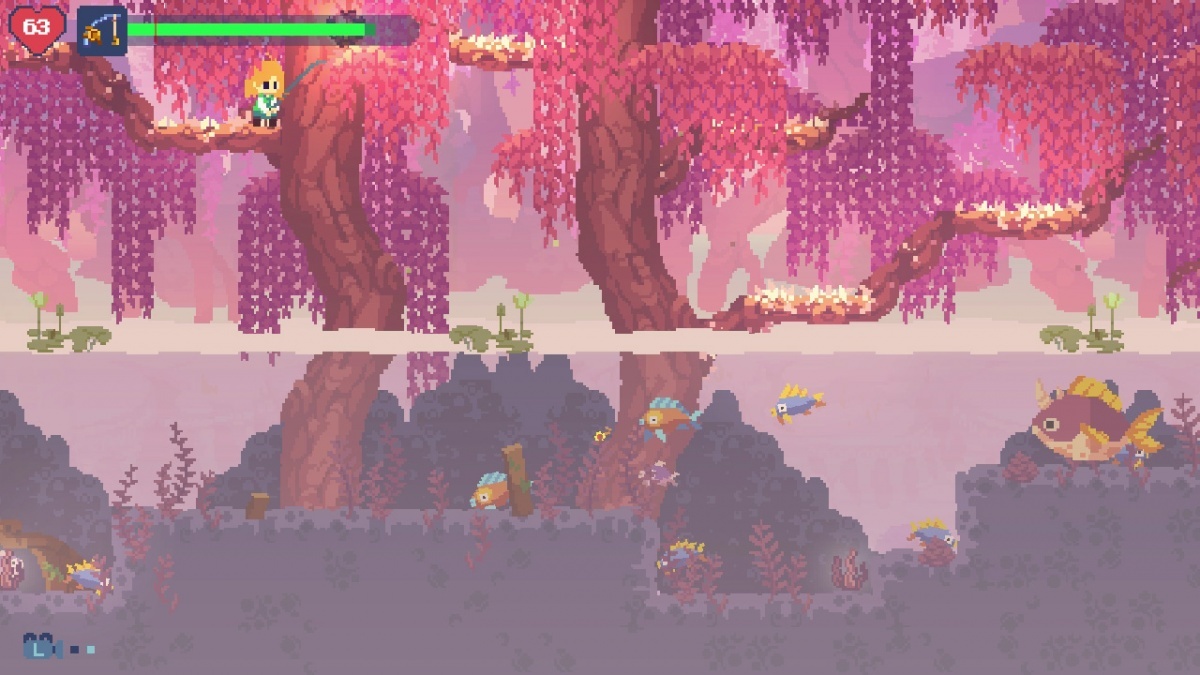Phoenotopia : Awakening (Nintendo Switch) Review
By Coller Entragian  26.08.2020
26.08.2020

Zelda II: The Adventure of Link may not be the most beloved Zelda game, but it does have its appeal. It was one of the earliest action-platformers that had RPG elements and dropped players into a world where they were free to explore at their own pace. It may not have been what fans wanted at the time, but it did establish a blueprint of successors to come. Phoenotopia: Awakening on Nintendo Switch not only expands on Link's most disliked adventure, but also takes the format and breathes life into it.
Phoenotopia: Awakening is made by passionate developers who truly loved The Adventure of Link. More than just being fans, it seems like the designers also understand what worked and what did not. The result is a game wrought with so much care and effort that it becomes infectious. The premise is simple (and admittedly tired); the hero's journey is in a fantasy world that is set in a post-advanced technological civilisation. What makes the iterative narrative work is the subtle cues of information and lore that is drip-fed in the background or in incidental text. Other unobtrusive and clever means to explain some story details are the overall design of items or how they work; like the crank lamp. Every trick in the book is used very effectively to enrich the world and add layers of authenticity.

Phoenotopia: Awakening alternates between two modules of play; the overhead world-map and 2D action-platforming. The overhead sections mostly serve to connect areas to each other and give the world a sense of place, while also having monster encounters that utilise the action platforming in a separate screen. The bulk of the experience is platforming and fighting a wide range of monsters, using any means necessary to survive. The most distinguishing characteristic of Phoenotopia: Awakening is its stamina system.
Gail begins her quest fairly out of shape. She gets winded very quickly, can barely swing a club and hits like a sleepy grandmother. Like a proper adventure game, she will acquire an assortment of accoutrements to help her overcome gear gates. What Phoenotopia: Awakening does well is stay true to the ethos of retro games by easing off on hand-holding, allowing players to discover at their own pace. There is no need for a map screen either, since the level design has carefully designed layouts and landmarks that make it easy to craft a mental map.

Another pillar of retro game design is challenging action and Phoenotopia: Awakening honours this tenet admirably. Gail does have an unusually slow and delayed melee and an even slower charge attack, which does make the experience feel harder than it really is. This is compounded by the stamina system that will leave Gail unable to attack, dash, or effectively flee for safety. Doing air-attacks are especially risky and not easy to land since the animations to do these are a few nano-seconds longer than expected. Even the ranged attacks are affected by gravity and Gail will have to compensate her shots to be able to strike true.
With so many tiny nuances to make fighting off threats more of a challenge, Phoenotopia: Awakening ends up being a really hard game. Patience and a calm mind win out in the most brutal difficulty spikes that lie with every boss battle. Every first encounter is usually the learning phase where users get accustomed to patterns and how to be most efficient with windows of opportunity to land some hits. Getting damaged becomes failure allowance since sometimes these battles can be pretty fast and using healing items leaves Gail wide open to be smacked down.

The food system is not that dissimilar to what The Legend of Zelda: Breath of the Wild did with cooking. Some basic or raw ingredients can be eaten for small restoration but cooking the items at a bone fire (which has to be made with flint) is where Gail has to do QTEs in order to craft decent food to make big health. Using these curatives can be a large risk in and of itself since some consumables can take longer to eat than others. Being able to map these snacks to a quick-select radial menu does help make the experience smoother, but it is not advised to ever eat when fighting an ancient robot. Inventory space is low, so farming is not an option and Gail is unable to stack foodstuff herself, which makes pre-stacked food a bigger commodity. This is a very well and carefully thought-out system where such basic items suddenly matter a lot. This methodology is present throughout so much of the game design that it is surprising that Phoenotopia: Awakening was not made by long-term industry veterans.

Cubed3 Rating
Great - Silver Award

The visuals and atmosphere at first seem standard as far as pixelated indie games go, but it does have more going on than it may initially suggest. Things start out very bright and colourful, like most Ghibli-inspired indie titles tend to be, but Phoenotopia: Awakening has a much darker side to it. There are some weirdly chilling moments and well directed sequences that build a profound sense of unease and alienation. There are some surprises within that may shock people who dismiss this as another generic Zelda II clone. The team behind this is not afraid to get dark and to show a little teeth.

![]() 8/10
8/10
![]() 0
(0 Votes)
0
(0 Votes)
 Out now
Out now  Out now
Out now  Out now
Out now  Out now
Out now Comments
Comments are currently disabled

 Sign In
Sign In Game Details
Game Details Subscribe to this topic
Subscribe to this topic Features
Features







 Top
Top

